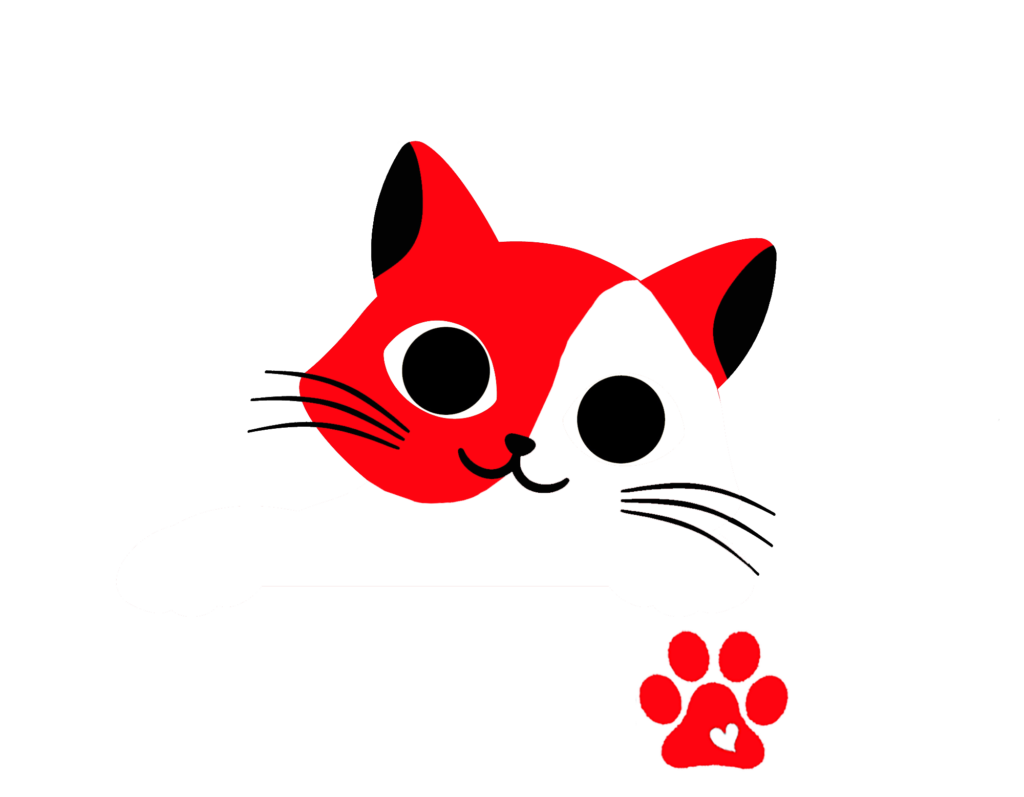Breeds
View Daily Schedule and Tickets

Herding Group
The 33 breeds in the Herding Group feature the uncanny ability to control the movement of other animals. The Border Collie does so by stalking and staring, intimidating sheep to turn away. Notice how the Border Collie runs with its head low, ready to crouch and stalk. The short-legged Corgi darts in and out, nipping at the heels of cattle, while it’s short size enables it to duck when the cattle kick. The German Shepherd Dog’s ground-covering stride was developed so the dog could be a sort of “moving fence,” constantly patrolling the perimeter of immense herds of unfenced sheep as they grazed. The Collie barks to get sheep moving. Don’t be surprised if a Herding dog tries to herd your kids or cats! Herding dogs tend to be highly active and highly intelligent. They need a job, and are very trainable in the right hands, but some can be too much to handle for people not willing to put in the time needed to work them.
- Australian Cattle Dog
- Australian Shepherd
- Bearded Collie
- Beauceron
- Belgian Laekenois
- Belgian Malinois
- Belgian Sheepdog
- Belgian Tervuren
- Bergamasco
- Berger Picard
- Border Collie
- Bouvier des Flandres
- Briard
- Canaan Dog
- Cardigan Welsh Corgi
- Collie
- Entlebucher Mountain Dog
- Finnish Lapphund
- German Shepherd Dog
- Icelandic Sheepdog
- Lancashire Heeler
- Miniature American Shepherd
- Mudi
- Norwegian Buhund
- Old English Sheepdog
- Pembroke Welsh Corgi
- Polish Lowland Sheepdog
- Puli
- Pumi
- Pyrenean Shepherd
- Shetland Sheepdog
- Spanish Water Dog
- Swedish Vallhund
Hound Group
The 32 Hound breeds hunt game, primarily mammals, on their own without human help. Scenthounds (such as Foxhounds, Beagles and Bloodhounds) trail game, often over long distances, by scent. They are sturdy dogs ready for the long haul, with deep muzzles to house scenting receptors. Sighthounds (such as Whippets, Afghan Hounds, and Scottish Deerhounds) sprint after swift quarry by sight, overtaking them by outrunning them. They are lightweight dogs, built along Greyhound lines, built for speed. Because they work on their own, Hounds tend to be independent and less responsive to training.
- Afghan Hound
- American English Coonhound
- American Foxhound
- Azawakh
- Basenji
- Basset Hound
- Beagle
- Black and Tan Coonhound
- Bloodhound
- Bluetick Coonhound
- Borzoi
- Cirneco Dell’Etna
- Dachshund
- English Foxhound
- Grand Basset Griffon Vendeen
- Greyhound
- Harrier
- Ibizan Hound
- Irish Wolfhound
- Norwegian Elkhound
- Otterhound
- Petit Basset Griffon Vendeen
- Pharaoh Hound
- Plott Hound
- Portuguese Podengo Pequeno
- Redbone Coonhound
- Rhodesian Ridgeback
- Saluki
- Scottish Deerhound
- Sloughi
- Treeing Walker Coonhound
- Whippet
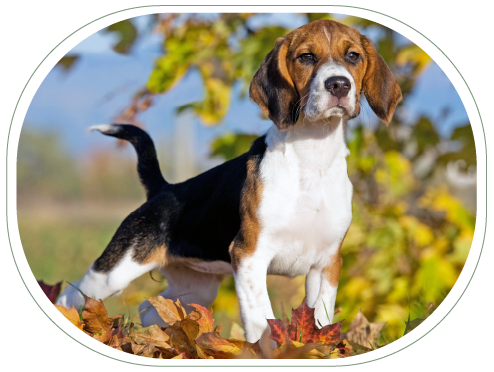
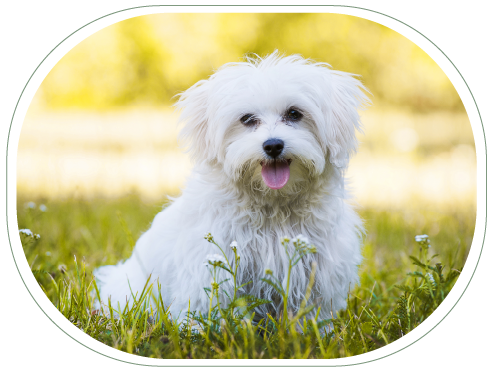
Toy Group
The diminutive size and winsome expressions of the 23 breeds of Toy dogs illustrate the main function of this Group: to embody sheer delight. Some, such as the Pekingese, are ancient breeds bred from earliest times as lap dogs. Others, such as the Miniature Pinscher, Toy Manchester Terrier, English Toy Spaniel, and probably Italian Greyhound are miniatured versions of larger breeds, and tend to reflect those breeds personalities. Regardless, their modern job is companionship and they excel at it. They also make ideal apartment dogs, lap warmers and even watchdogs—but not great protection dogs!
- Affenpinscher
- Biewer Terrier
- Brussels Griffon
- Cavalier King Charles Spaniel
- Chihuahua
- Chinese Crested
- English Toy Spaniel
- Havanese
- Italian Greyhound
- Japanese Chin
- Maltese
- Manchester Terrier
- Miniature Pinscher
- Papillon
- Pekingese
- Pomeranian
- Poodle (Toy)
- Pug
- Russian Toy
- Shih Tzu
- Silky Terrier
- Toy Fox Terrier
- Yorkshire Terrier
Non-Sporting Group
The Non-Sporting group includes 20 breeds and is a catchall for breeds that no longer have jobs or that don’t fit easily into any of the other groups. For example, the Dalmatian was developed to be an eye-catching coach dog. It can still trot for hours on end. The Poodle was a water retriever, and many are still used for that purpose. In fact, some owners argue it still belongs in the Sporting group. Did you know the Poodle’s coat pattern is an exaggerated version of how the coat was shaved to help it swim in cold weather? It became exaggerated in its days as a circus performer, and the pattern stuck. The French Bulldog was bred as a lady’s companion, but it’s too big for the Toy group. Many Non-Sporting dogs are bred exclusively for companionship now, so some, but not all, are easy to train.
- American Eskimo Dog
- Bichon Frise
- Boston Terrier
- Bulldog
- Chinese Shar-Pei
- Chow Chow
- Coton De Tulear
- Dalmatian
- Finnish Spitz
- French Bulldog
- Keeshond
- Lhasa Apso
- Lowchen
- Norwegian Lundhund
- Poodle
- Schipperke
- Shiba Inu
- Tibetan Spaniel
- Tibetan Terrier
- Xoloitzcuintli

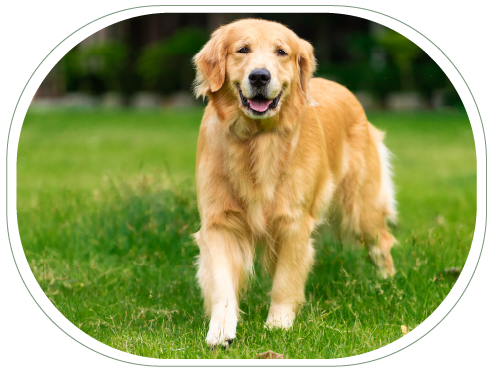
Sporting Group
The 33 Sporting breeds hunt primarily birds, alongside humans. They can be roughly divided into pointing breeds (such as German Shorthaired Pointers), which locate game and freeze while indicated its direction; Setters (such as Irish Setters), which crouch when locating game; Spaniels (such as Springer Spaniels), which flush birds out of dense brush; and Retrievers (such as Labrador Retrievers), which bring back downed birds. Pointers and Setters have to range far afield to find birds; they tend to be energetic and independent. Spaniels tend to be closer workers, and more responsive to training. Retrievers had to follow the hunter’s directions and are amongst the most trainable of dogs.
- American Water Spaniel
- Barbet
- Boykin Spaniel
- Bracco Italiano
- Brittany
- Chesapeake Bay Retriever
- Clumber Spaniel
- Cocker Spaniel
- Curly-Coated Retriever
- English Cocker Spaniel
- English Setter
- English Springer Spaniel
- Field Spaniel
- Flat-Coated Retriever
- German Shorthaired Pointer
- German Wirehaired Pointer
- Golden Retriever
- Gordon Setter
- Irish Red and White Setter
- Irish Setter
- Irish Water Spaniel
- Labrador Retriever
- Lagotto Romagnolo
- Nederlandse Kooikerhondje
- Nova Scotia Duck Tolling Retriever
- Pointer
- Spinone Italiano
- Sussex Spaniel
- Vizsla
- Weimaraner
- Welsh Springer Spaniel
- Wirehaired Pointing Griffon
- Wirehaired Vizsla
Terrier Group
Many of the 31 Terrier breeds were originally bred to hunt rodents and pests underground. The vermin-catching terriers are roughly divided into long-legged (like the Fox Terriers) and short-legged (like the Cairn) breeds. Another subset of terriers are the fighting breeds (such as the American Staffordshire Terrier), which were created from Terriers crossed with bull-baiting dogs. Terriers are tough, tenacious, energetic and feisty, and while highly intelligent, are also independent and can be hard to train. They may not get along with other dogs very well and seem eager for a spirited argument. Many terriers have wiry coats that require special grooming known as stripping in order to maintain a characteristic appearance. In general, they make engaging pets, but require owners with the determination to match their dogs’ lively characters.
- Ariedale Terrier
- American Hairless Terrier
- American Staffordshire Terrier
- Australian Terrier
- Bedlington Terrier
- Border Terrier
- Bull Terrier
- Cairn Terrier
- Cesky Terrier
- Dandie Dinmont Terrier
- Glen of Imaal Terrier
- Irish Terrier
- Kerry Blue Terrier
- Lakeland Terrier
- Manchester Terrier
- Miniature Bull Terrier
- Miniature Schnauzer
- Norfolk Terrier
- Norwich Terrier
- Parson Russell Terrier
- Rat Terrier
- Russell Terrier
- Scottish Terrier
- Sealyham Terrier
- Skye Terrier
- Smooth Fox Terrier
- Soft Coated Wheaten Terrier
- Staffordshire Bull Terrier
- Welsh Terrier
- West Highland White Terrier
- Wire Fox Terrier
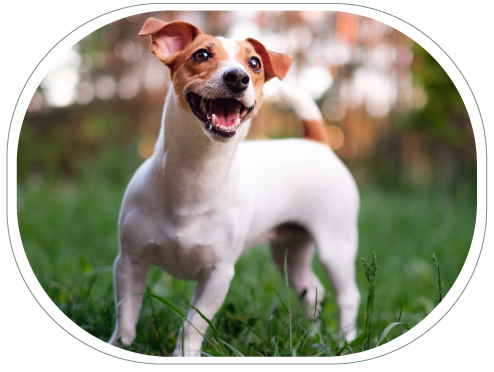
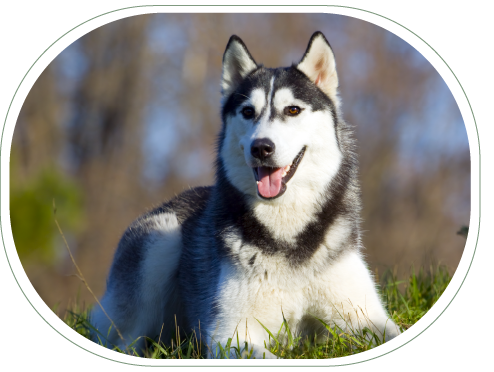
Working Group
The 31 Working breeds were developed to help people with tasks involving strength and courage. They can roughly be divided into sledding dogs (the Northern breeds such as the Siberian Husky and Alaskan Malamute), draft breeds (such as the Bouvier des Flandres), guardian breeds (such as the Doberman Pinscher), livestock guardian breeds (such as the Great Pyrenees), rescue breeds (such as the Saint Bernard, and water helpers (such as the Portuguese Water Dog). Obviously that’s a lot of jobs! They are known for their intelligence and confidence, but some can be headstrong and their strength can making training both necessary and challenging.
- Akita
- Alaskan Malamute
- Anatolian Shepherd Dog
- Bernese Mountain Dog
- Black Russian Terrier
- Boerboel
- Boxer
- Bullmastiff
- Cane Corso
- Chinook
- Doberman Pinscher
- Dogo Argentino
- Dogue de Bordeaux
- German Pinscher
- Giant Schnauzer
- Great Dane
- Great Pyrenees
- Greater Swiss Mountain Dog
- Komondor
- Kuvasz
- Leonberger
- Mastiff
- Neapolitan Mastiff
- Newfoundland
- Portuguese Water Dog
- Rottweiler
- Saint Bernard
- Samoyed
- Siberian Husky
- Standard Schnauzer
- Tibetan Mastiff


